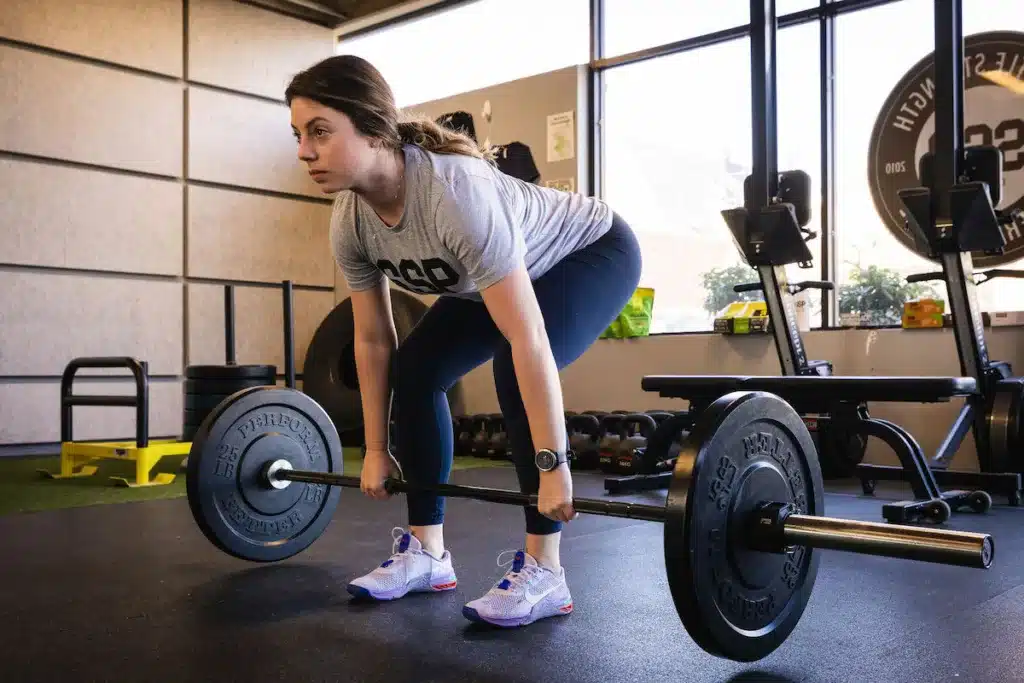When you think of “core training”, what do you think of? Generally, the fitness industry associates core training with sit-ups, crunches, and getting a six pack (BTW more sit ups and crunches don’t give you a six pack!). Here at SSP, we tend to focus on training for the core that functionally helps you do more activities better and pain-free. This involves training the core to resist movement and stabilize (vs create movement). We call this “anti-core training”, and we use a bunch of fancy terms like anti-lateral flexion, anti-extension, and anti-rotation.
At its core (pun intended), the goal of training this way is to build strength and stiffness. We want to train your core muscles to brace and stabilize the trunk by resisting movement. We do this to help keep the spine safe and stable while your extremities are moving and to transfer energy from the lower body to the upper body.
Research from Stuart McGrill, a renowned researcher in low back disorders, has shown that the compressive force on the spine when bent in flexion (such as in a crunch or situp) can be the equivalent of 700+ pounds! Over time, due to these high compressive forces, the likelihood of injury increases.
Exercises like deadbugs, pallof presses, planks, side planks, farmer carry, suitcase carry, and body saw are all examples of anti-core training and are all staples in our SSP programming.
Think about doing your day to day activities, things like carrying bags of grocery, picking up your kids from the ground, gardening, and loading your dishwasher. Anti-core training helps you do all of these activities a little bit easier. Also, if you play sports, you may have noticed that training at SSP has improved your athleticism – jumping, changing direction, and running. A big piece of this is building stiffness and stabilization through your core.
You can see some of our favorite anti-core exercises demonstrated by Coach Natalie here!
So while you may not be repping out crunches at SSP, rest easy and know that whenever you come in for a workout, you’ll be getting a bit of functional core training every single time.
Happy training!
